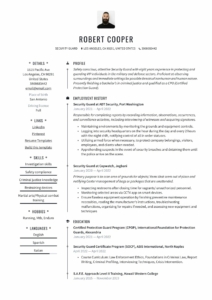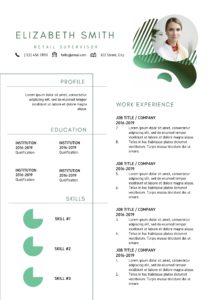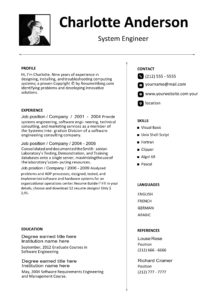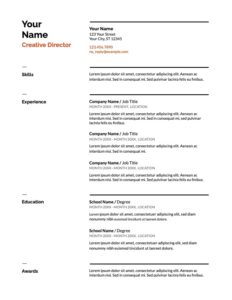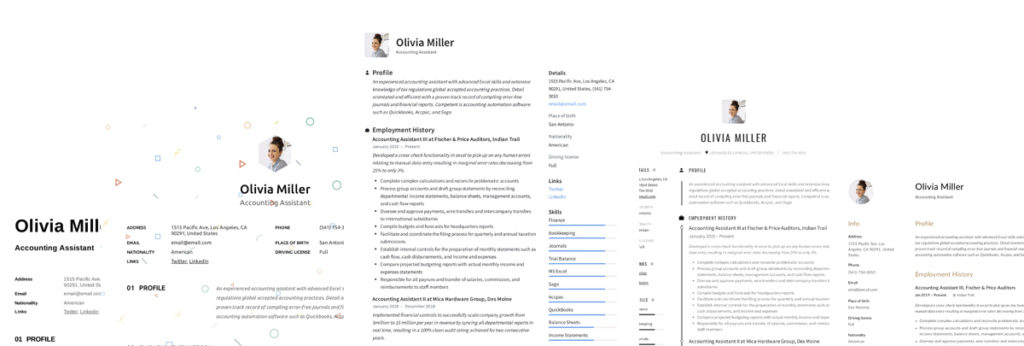
Today’s increasing, competitive labor market has led to a widespread emphasis on having a good, or better still, a perfect resume.
As you might know, your resume and it's respective resume format are what introduces you to your prospective employer.
It's looks is what gives the hiring organization the first impression about you.
A perfect resume is beyond one that is free of grammatical and spelling errors.
One of the significant aspects that demand extra attention while writing your resume is the format. The right resume format serves to present you in the best possible way thereby increasing your chances of landing that dream job.
A Quick Guide to Choose your Resume Format
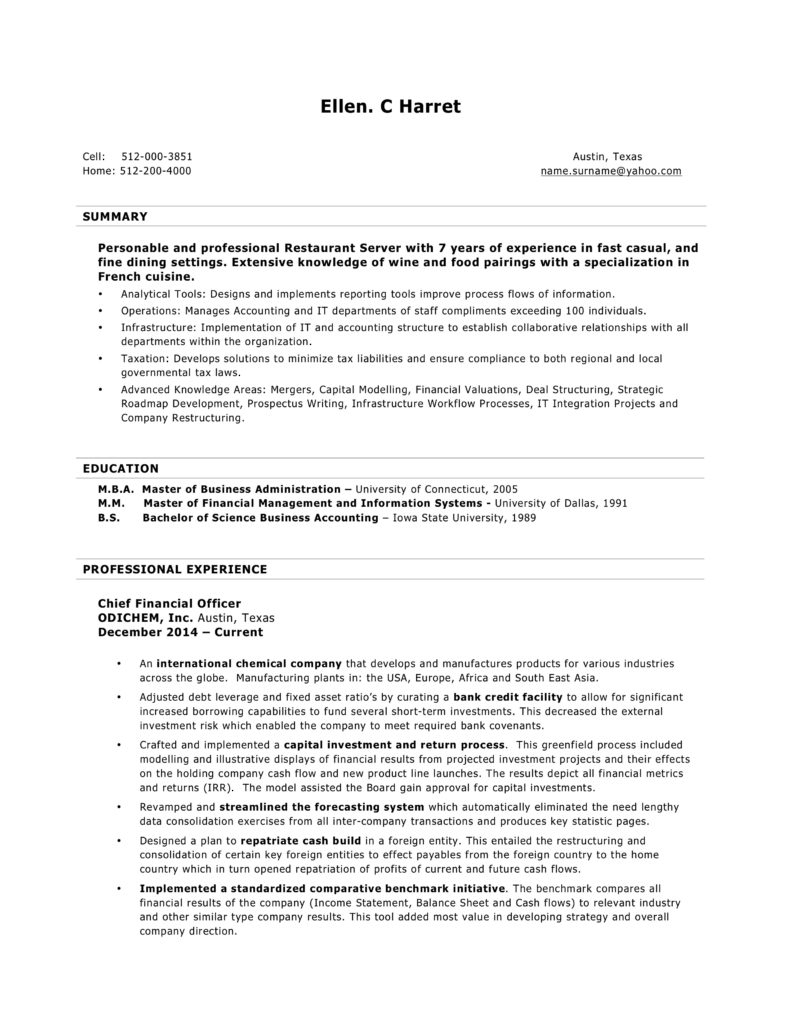
- All Word versions
- Functional format.docx
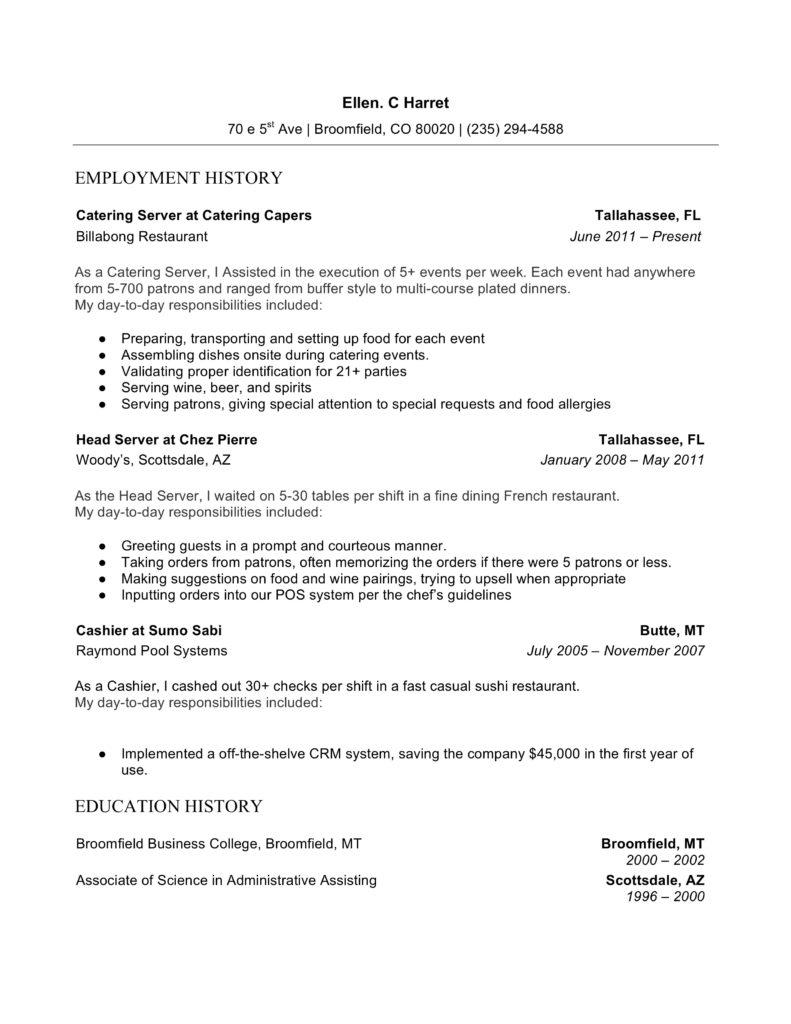
- All Word versions
- Chronological format.docx
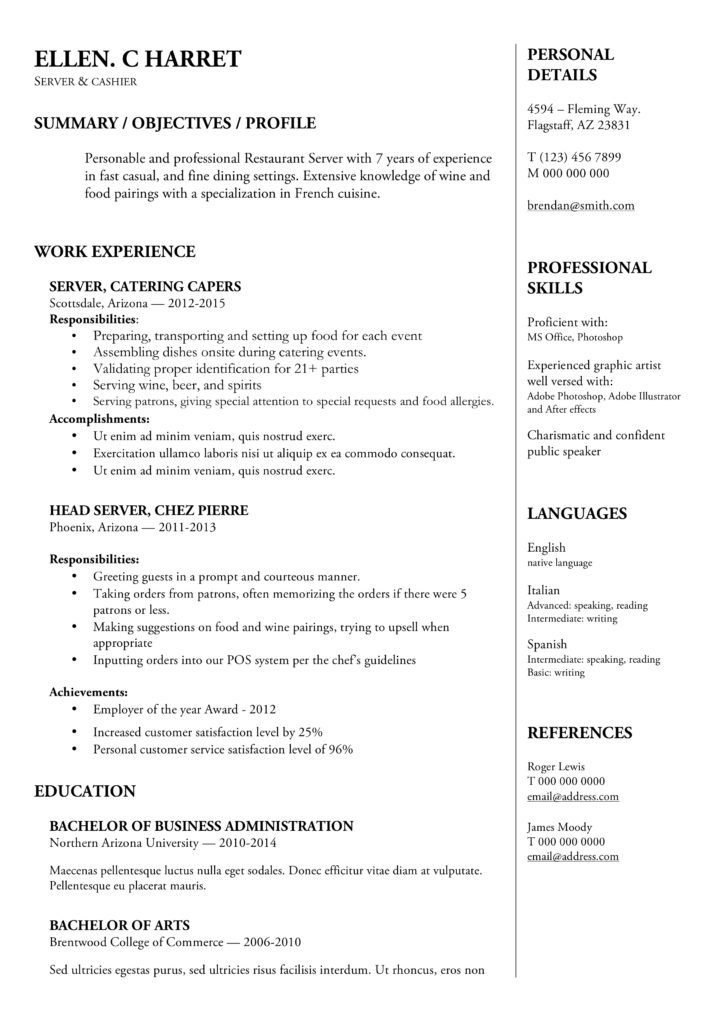
- All Word versions
- Chronological format.docx
See all our free Templates and free Word Templates
THE COMMON RESUME FORMATS
It’s a familiar cliché that a good resume needs to stand out. But while trying to make your resume stand out, you should not drift too far away from the conventional such that the prospective employee or hiring managers would find it difficult to wrap their heads around your resume.
The Three Common Resume Formats:
1. Reverse chronological format
By far the most used resume format. This format presents work experience or qualification from most recent to oldest. It is the most common resume format. The layout makes its easy for a recruiter to get a fast first impression of your history. (More info about the chronological format below).

2. Functional format
The functional formats allow your skills and abilities to be elaborated on while paying less focus on your work history and experiences. Used more by technical and hard-skilled job workers. (More info about the functional format below).
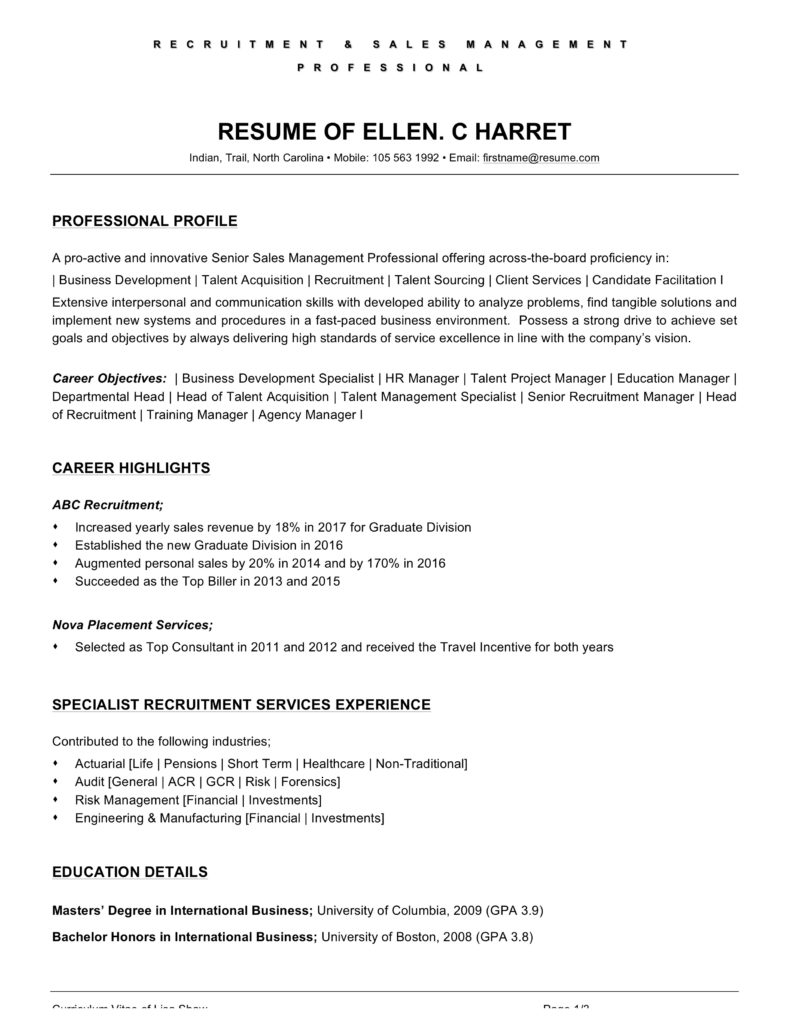
3. Combination format
As you expect, this combines elements of both reverse chronological and functional formats. Commonly used among senior and experienced management personnel.
(More info about the combination format below).

1. Reverse chronological format
As mentioned earlier, this is the most popular format. It is the most preferred among recruiters. The bias towards this format attributes to its ability to accommodate all industries and levels of experience.
This model is best suited for job seekers who want to demonstrate a vertical career progression since it favors chronological listing of work experience.
A reverse-chronological format is usually the best bet except if you have a significant gap in your work history or when you are guilty of frequently changing jobs.
Structure of a Reverse-chronological format
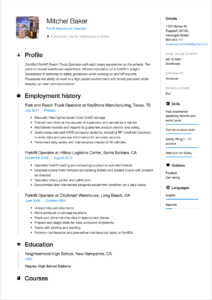
Contact Information
These data should contain your name, address, e-mail, and phone number. You may add a link to your LinkedIn profile or professional website if you feel it is relevant to the job
Introduction
A reverse chronological resume may be introduced using a summary statement, career objective or professional profile.
Professional Experience
This dealbreaker is the main body of a reverse chronological resume. Remember to not only list the previous roles you have occupied in various organizations but focus on your achievements in those roles or the skills you were able to gain while filling the positions.
Education Section
Only when you are a student, this section would come before the professional experience part. Except you’re a student or recent graduate, you don’t need to dwell too much on this part. More here on how to list education on your resume.
Additional Skills
This section affords you the opportunity of adding abilities you feel are relevant to the job, but not fit to be in any of the earlier parts.
Functional resume
The functional resume is a much less popular format of resume writing, among applicants and recruiters alike. The main advantage of a functional resume is that it hides extended periods of employment or periods of being employed in an industry unrelated to the one you currently wish to work in. A functional resume achieves this by focusing on your skills and paying little attention to when and where they were acquired. If you are to accomplish this, however, you must possess enough skills such that your resume wouldn’t look empty.
2 Structure of a functional resume format

Contact information
Remember to stick with the basics- name, address, e-mail, and phone number. A link to your LinkedIn profile or professional website may be absent if you feel it's relevant to the job in view.
Introduction
A summary statement is the best introduction to a functional resume format. A summary statement concisely projects your values and skills and since this is what you wish to achieve with this resume format, doing it right from the top is always a good idea.
Relevant skills
Remember, your skills are what you’re projecting, so you should have enough of them. Choose skills related to the job and convince the prospective employer you are the right man for the job.
Professional experience
The professional experiences is the part you don’t want to dwell so much on in a functional resume format. You may conceal a gap in your work history by using labels for your periods of unemployment or by providing little information about dates of employment.
Educational background
Stick with the basics in this aspect too except your experience directly relates to the job in view.
Combination resume format
This resume format is ideal for you if you have enough professional experience while having little or no employment gaps. This resume format adequately projects your skills and abilities while not failing to showcase your work history.
Structure of a combination resume format
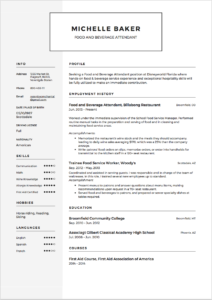
Contact information
Your name address, e-mail, and phone number. A link to your LinkedIn profile or professional website may also be noted if you feel it would help your cause.
Introduction
A summary statement or professional profile may be used to introduce a functional resume format.
Additional skills
The additional skill section contains the skills that are relevant to the job in view. You can group your skills under suitable headings and highlight them concisely, using bullet points.
Professional experience
like with all resume formats, your professional experience section should dwell on the skills acquired or achievements during a particular job and not just stating time spent on the job.
Summary
The resume formats you choose determines whether recruiters would focus on your skills and abilities, career progression or both.
Always choose a format that adequately serves your needs while not neglecting the needs of the industry.
Your relevant skills and experience should always come in the introduction section, no matter which format you choose if you are to stand a chance of landing that dream job.
